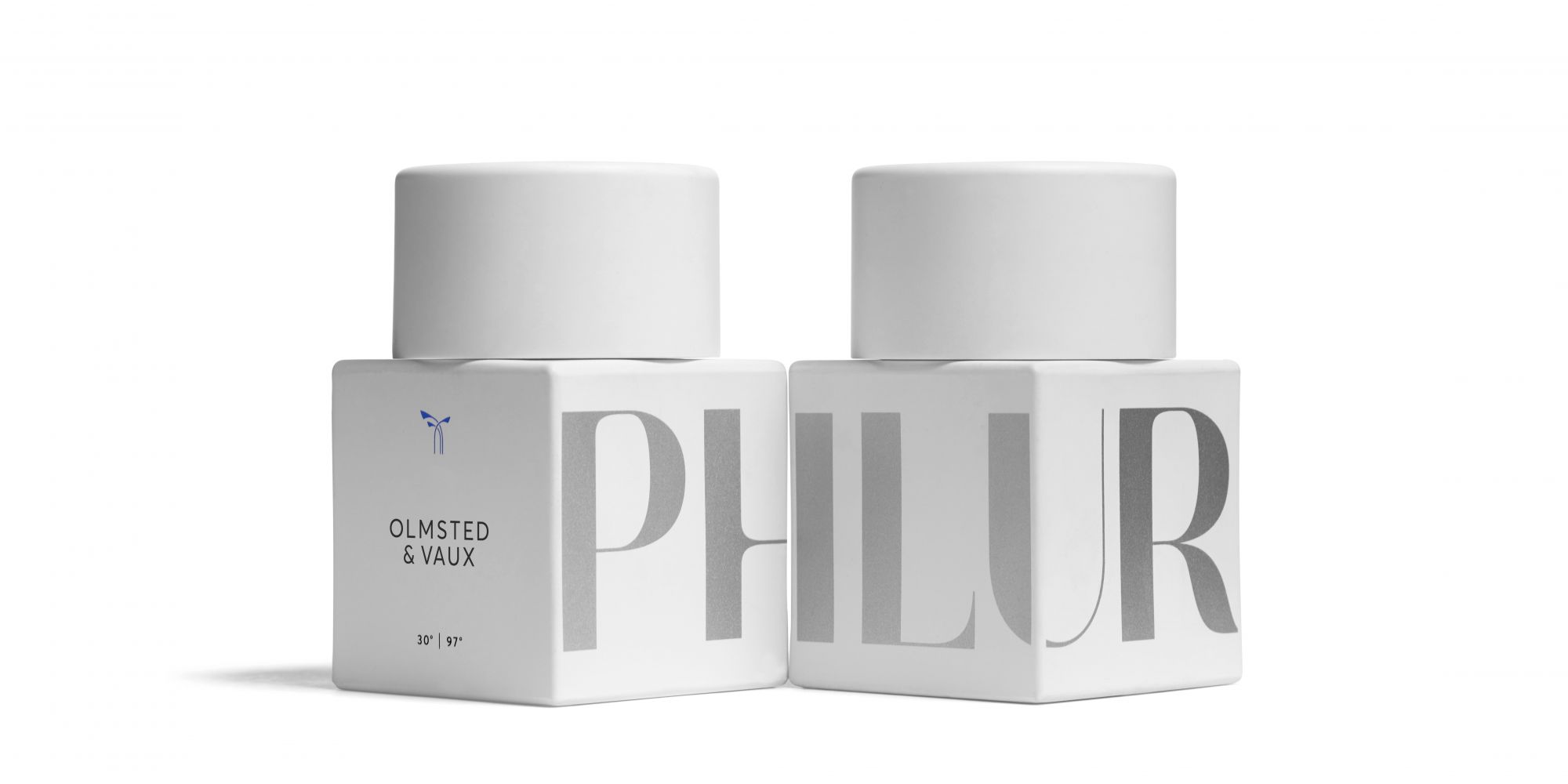
Phlur Reimagines Fragrance With Clicks Driving Sniffs
In a tricky direct-to-consumer scent segment, Phlur has been anointed by none other Symrise as a startup to contend with. The fragrance supplier recently led a series A round that’s filling Phlur’s coffers with $6 million. Symrise, which has a less than 20% stake in the Austin-based brand, was impressed by its atypical business model and stats. In 2017, Phlur quintupled revenues and acquired over 35,000 customers. Not bad milestones for Eric Korman, former president of digital and global e-commerce at Ralph Lauren, who founded Phlur with little previous business involvement in fragrance, but a fascination with artisan scent offerings. “The easiest way to learn about any product category is to experience it yourself,” he asserts. Beauty Independent talked to Korman about going the DTC route, his brand’s commitment to transparency, sample sets, influencer strategy, the capital chase and working with his art director wife Cynthia.
Why did you decide on direct-to-consumer for fragrances?
When I was at Ralph Lauren, I was thinking a lot about how we could grow our online business, but also where e-commerce was going. Back in 2011, we saw the emergence of brands being built digitally first. Prior to that, you had aggregator brands being built online like Expedia or Amazon, but you didn’t have a vertical retail brand that was successful in any scale first starting online. We started seeing brands like Everlane, Reformation or Warby Parker. To me, that was fundamentally fascinating. Each one of those digital brands is communicating a certain set of values to their customers.
I just happened to trip upon fragrance. I was never a fragrance guy. I hadn’t worn it since middle school when I’d put on some Drakkar Noir. We sold a little bit of fragrance at Ralph Lauren within my division and, being someone who’s very curious, I went over to Barneys one day and, they had a very high-end selection of fragrances from Frédéric Malle, Byredo and Le Labo. They smelled really interesting and much different than my preconceived notions of perfumes and colognes from a department store. I became a product geek and started buying a lot of high-end artisanal products. I started to become frustrated with things that I felt the category wasn’t addressing. Like other entrepreneurs, I thought, “There’s a better way here, and I’m going to create it.”
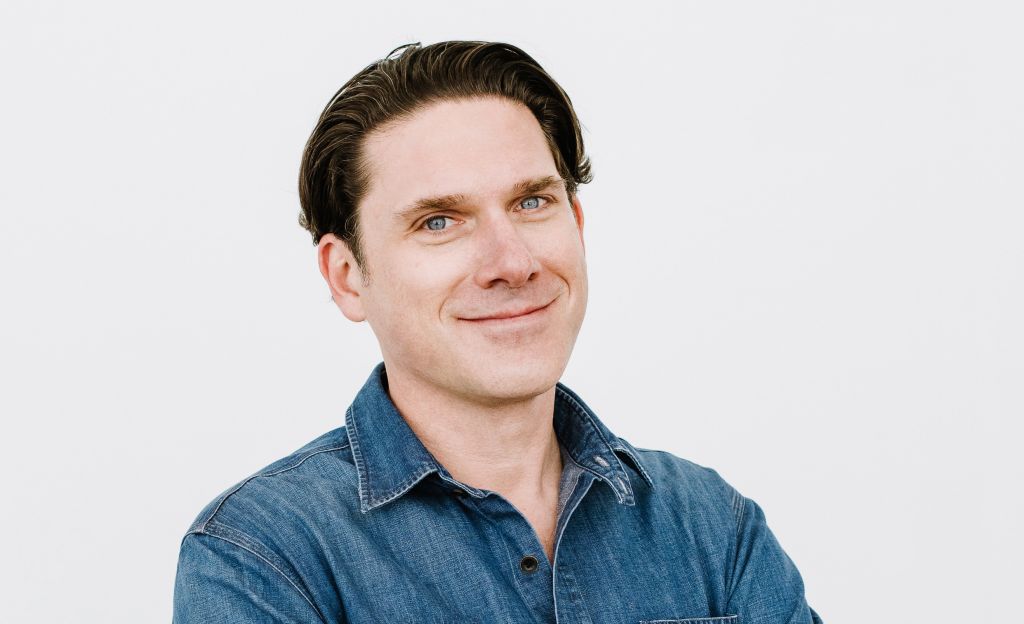
What did you see missing in the fragrance industry?
One of the challenges of the industry, overall, is messaging and lack of transparency. On the messaging side, what’s so amazing to me about fragrance is it’s not just about how you smell. Because our olfactive sense is so strong, it can literally make you feel a certain way and, to me, that’s really powerful. Most fragrance ads are telling customers that she should be bikini-clad on the beach as her ultimate self. I think it’s incredibly narrow, off-putting and very much not in sync with where our world is today. For me, that felt like a very massive disconnect.
When you turn around the fragrance bottle, all you can see is water, alcohol and fragrance. Well, what’s in fragrance? It’s so off-trend to not be talking about ingredients. We live in a world where, when I go and get my coffee, I can find out the name of the grower on the hillside of Costa Rica where my coffee beans came from. Not only did we want to create a fragrance brand that ensured that everything going into the bottle was safe for the skin and planet, but we were also very clear with customers about the choices we make, and letting people make the right decisions for themselves.
Where do you get your materials?
We look at product development from two different angles: the creative side and the sourcing side. Creatively, we give our perfumers carte blanche. We don’t say we want you to create a beautiful rose fragrance because we studied the market, and we think roses are doing well. We give them an inspirational moment in place of time and expose them to stimuli from visual storyboards, words and music. We say, “Tell us what this should smell like. You’re the artist.”
On the ingredient side, we’re a little more restrictive. We’re not restrictive in costs, so we allow them to use whatever materials they want from a cost perspective, but still honestly priced to the customer. In terms of safe for the skin and planet, we don’t view the world as black and white. We use the right mix of both ingredients created in nature and in a lab to minimize potential sensitivities for customers. Of course, we avoid anything that could be potentially hazardous that we know about. We exclude parabens, phtalates, BHT [butylated hydroxytoluene] and certain types of musks that have been shown to be potentially hazardous.
We’re not indirectly damaging the planet for future generations. We work with the International Union for the Conservation of Nature, a give-back partner of ours, to ensure that any botanically-sourced ingredient is not coming from a plant that’s potentially threatened or in danger. At the same time, the folks who harvest those materials are being treated fairly.
Besides Phlur’s direct-to-consumer model, how is it different from competitors?
Our biggest point of differentiation is our approach on transparency. Outside of essential oil brands that are just taking essential oils and putting them in a bottle, we’re one of the only brands that fully discloses its ingredients list. While that on its own clearly doesn’t make a good fragrance, that, at its heart, signals who we are as an organization and informs a lot of the decisions we make. In totality, it creates a product from formulation to packaging to distribution model that is different from anybody else out there. While there are other brands who exclude similar ingredients from a safety point as us, they usually have one element, but not all of our elements.
One of the things I learned early on is that light damages fragrance. So, if light damages fragrance, why is everyone putting fragrance in a clear bottle? If you put it in a clear bottle, you have to put BHT in it. We used an opaque bottle and the experts came back and said we didn’t need BHT. We use recycled glass unlike almost everybody else on the marketplace.
Of course, we’re selling it online, which is also different from everybody else. We believe it is the best way to sample and discover scent. You should be able to have samples at home that give you enough juice in the vials that you can wear it for multiple days to really decide, “Is this going to be something that adds joy to my life before I commit to buying a big bottle?” Online just happens to be the first connection point to get it into people’s hands. Being thoughtful at every point from how we make our products to how somebody experiences it, the totality of how we make all those decisions is what [makes us] stand apart.
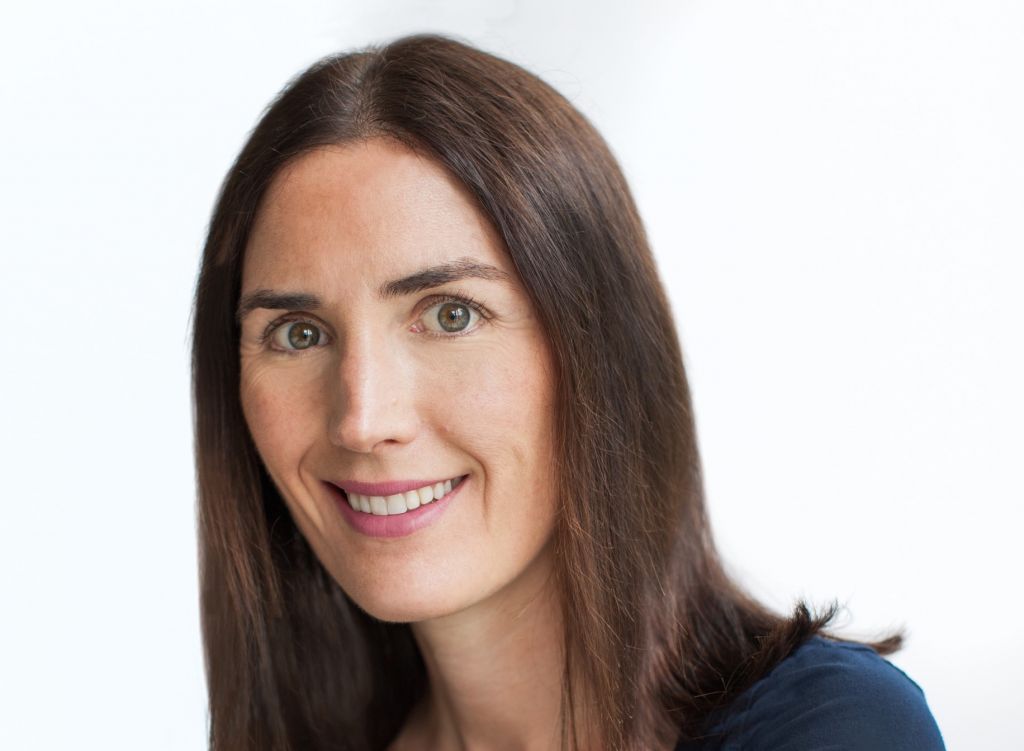
Are sample kits the biggest sellers?
Samples have been wildly successful. We are closing in on selling our 40,000th sample set since launch. We encourage people to start with a sample set. If we have a little pop-up in our office in Austin, many people will come in and say, “I really like Hanami and this other one. I’m not sure which bottle to buy.” We’re like, “Why don’t you buy a sample set? Give yourself time. Don’t rush into it. We’re not going anywhere.” We want you to have options. Not everybody’s going to like the same thing and, at the end of the day, all that matters is what you like.
We’re seeing new customers buying big bottles directly. As we grow, friends are being introduced to the brand through other friends. She’s going to her friend and saying, “I love that you smell amazing. What is that?” [The friend is] saying, “It’s Hanami from Phlur.” Maybe she gives [her friend] the sample she had before she bought a big bottle and, then, that person comes and just buys a big bottle. I think that’s what’s stimulating sales.
How has working with your wife been?
We weren’t sure about it in the beginning. Candidly, as a result, I think we stairstepped our way into it. Early on, she was very much involved in the initial visual language, but more on an advisory level, not a day-to-day production level. As we’ve evolved the business and have built a professional rapport that hasn’t negatively impacted our personal life, she’s become more and more involved creatively in the business. She was just on location in California, driving the creative direction for that photoshoot. She’s really become our executive creative director and touches everything from images on the website to package design to aesthetics.
How much money did it take initially launch Phlur, and how long did it take to launch?
We initially raised just under $3 million to get going. It was about 11 months from time we started until the time we launched the business.
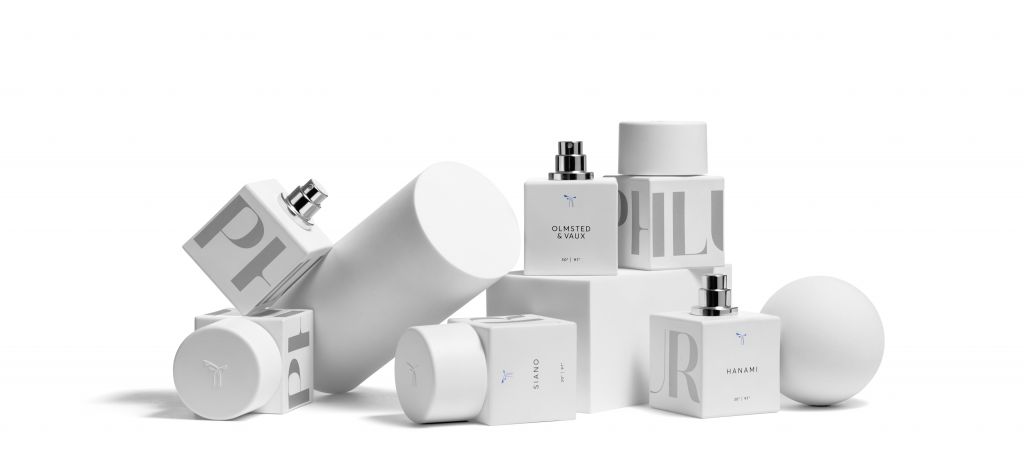
How many rounds of investment has the brand secured?
We’ve done three rounds. Our initial round and, then, a two-part seed round. We did $3 million initially and followed on with that exact same investor group for another $3 million, which they pre-committed [to] once we proved we could launch and could create an entire fragrance line, e-commerce and packaging. For our series A, which we announced with Symrise coming in, we have $3 million committed and another $3 million that we intend to land for a total of six million.
Did you have any problems raising capital initially?
The initial investment came from a venture firm that’s based in Austin called Next Coast Ventures. One of the partners, whose name is Thomas Ball, I had known for a pretty long time. He and I also sat on the board of directors for RetailMeNot. When I left Ralph Lauren and decided to start this business, I was having dinner with him after a board meeting, and he was asking me what I was thinking about and working on. I was like, “Well, I’m working on this idea, but it’s not entirely flushed out.”
Because I trusted him and respected his opinion, I laid it out even though I didn’t have a full pitch formed. He was immediately supportive of the idea and really encouraged me to spend some time on it. Candidly, that first round came out pretty easily because of our relationship and that support. He did a great job helping us secure some money from other high net worth sources in Austin.
Did your subsequent fundraising go as smoothly?
On this new series A round, it’s been more challenging because the market has changed a lot over the past four years. There were a lot of direct-to-consumer businesses funded. Some of those have been successful. Some haven’t. The appetite broadly in the marketplace isn’t as strong as it was. It was much easier to get capital six years ago if you had a good, solid idea. Early-stage investors who have had more experience in non-product categories may have unrealistic expectations of what growth should look like and aren’t necessarily the right investor for a company like ours focused on building long-term sustainable value and not just a rocket ship that may explode in the near term.
We were thoughtful about who we wanted to bring to the table. Thankfully, Symrise has been very supportive on the perfume side, and I’ve been able to get to know their business leadership. Though we’re very small relative to their overall business, they wanted to invest and see how they can help us grow our business further. Perhaps, it may give them more perspective on who their customer is today.
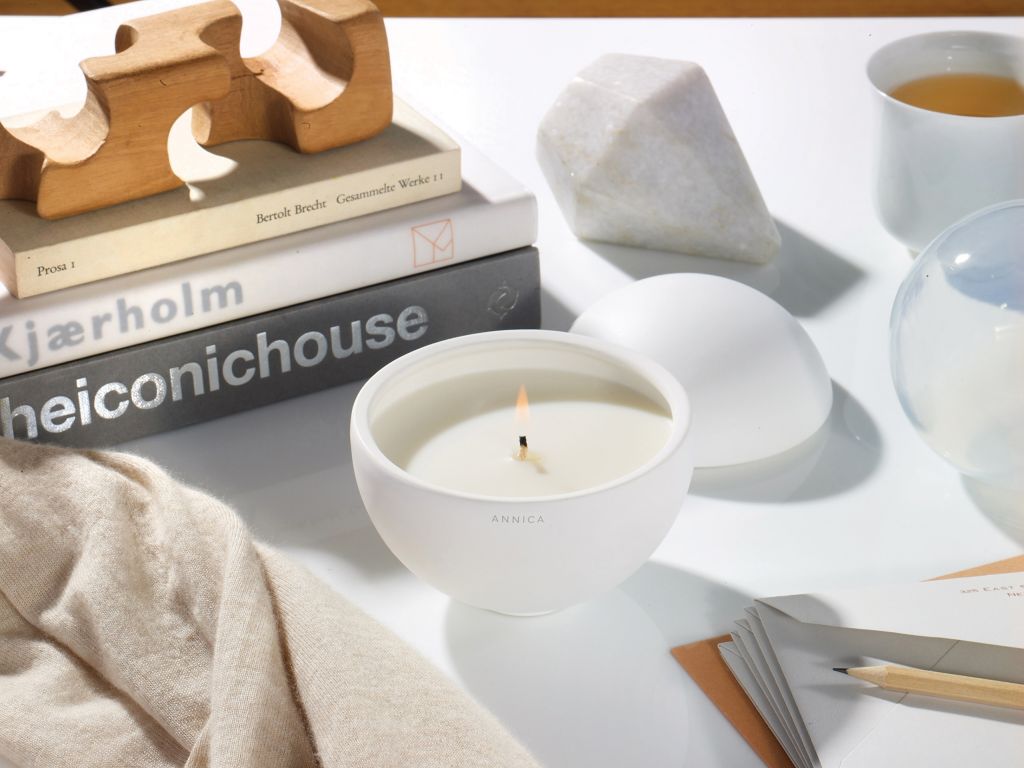
What advice do you have for an entrepreneur starting to fundraise?
Have a firm grasp on how much capital you want to raise and why, and know what your objectives are and how you are going to measure success in terms of the deployment of that capital. Investors may have different perspectives on what businesses [have to do to] succeed on long term. For example, if you want to become B Corp certified, that’s going to be attractive to a very different group of investors than if you went in a different direction. Where problems ultimately arise is where shareholders have a different view of how the business should be built than the entrepreneur does.
When will Phlur reach profitability?
We expect to be profitable sometime in the next two years.
Within the brand’s direct-to-consumer model, what are some tactics you use to engage customers?
Every day, we’re interacting with many different customers, not only through social media like most brands, but also directly through customer service and talking to them on the phone. Having that feedback loop and being able to understand where we’re meeting our needs and expectations and where we’re falling short helps us ensure how we can be a better from a brand and product perspective.
We launched a Facebook chatbot in Messenger. One of our goals was to create a better sampling experience from home. Once you’ve ordered a sample set, it engages you in the sample experience with entertainment and education, which helps drive a whole bottle conversion. At the end of the sampling experience, it allows us to ask “What did you think about Hepcat? Did you like it?” Obviously, it’s great if they say “yes,” and we can encourage them to buy, but it’s equally as important when they say “no” because we can ask them why in a real-time setting. We can get a much more objective perspective on that fragrance.
Ultimately, as we gain the right permissions from Facebook, we can understand that behavior at an aggregate level and become better at building predictive models on who’s going to like what based on attributing that would be impossible to understand if we didn’t have that direct relationship.
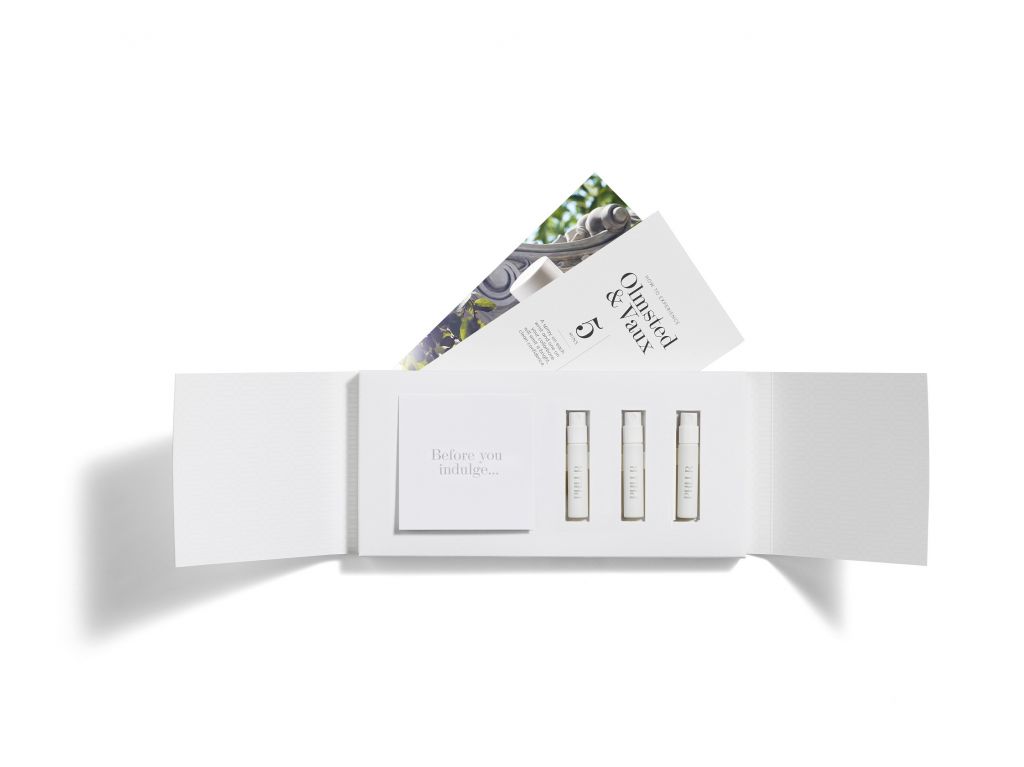
Who is Phlur’s target customer?
She’s typically 25- to 45-years old. She’s college-educated, currently a working professional or was, whether she’s a working mom or not yet married. She’s pretty thoughtful about the decisions she’s making and the products she’s buying, and really fits into two camps. She’s someone who is an active fragrance wearer and is always looking for new, exciting fragrances to try. She doesn’t have to leave her mobile phone and can have it delivered right to her door.
The other primary customer is someone who has adopted a clean beauty regimen over the last few years. She may have stopped wearing fragrance after concerns of what was going into the bottle, but she really misses it. When she discovers us, she’s really excited to find that she can be thoughtful about what she’s putting on her body [and] still have an amazing olfactive experience.
What packaging splurges are worth the money?
We believe in over-engineering the packaging experience. When someone first interacts with us, we really want the magic to begin. We put a lot of time and thought into why the sample set is designed the way it is. From a cost perspective, we probably spend less time focused on the absolute dollar cost and how can we optimize that in any of our packaging and spend more time on the customer experience side, knowing that we would be able to reduce the costs as we scale. The biggest barrier to low cost unit production is pure volume. The bet we’re making is we’re going to create a super elevated experience where people feel like we exceeded their expectations. As we scale and we’re able to drive our purchasing economies, that’s when we’ll be able to bring even more margin into the products.
Do you work with influencers to get the word out about Phlur?
We don’t pay people to post. We’ll share products with people if they have an audience and a following that is relevant. If you like it, great, talk about it. If you don’t like it, don’t. Consumers are very smart and understand what’s happened in the influencer space, and can tell what’s genuine and what’s not. We spend more time on folks who are reaching out to us organically inbound. Most of those folks would fit into a micro-influencer [definition] with about 10,000 to 20,000 followers. The other reality is that you can buy a follower count on social media, and we’ve never done that. My goal isn’t to have the most followers. My goal is to have a very engaged, excited and happy customer base.
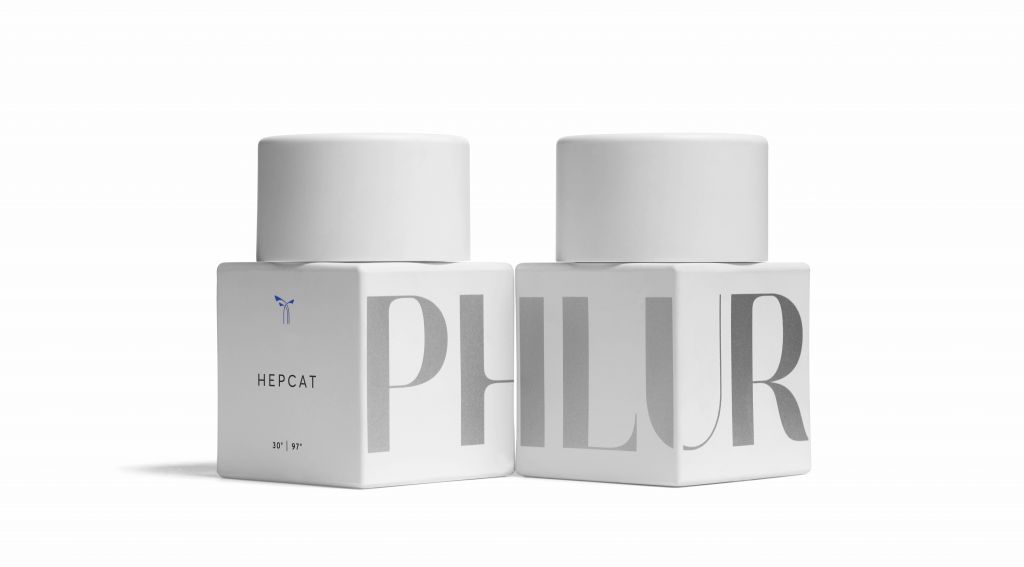
What’s been the biggest lesson you’ve learned so far about what it takes to make it as a beauty entrepreneur?
The challenges [are] trying to find your customer in a very crowded marketplace, and the volatility of the emotional experience where you go from one day feeling very excited and confident that you figured it out to the next day getting a sample set back and feeling like, “This is never going to work. This is the dumbest idea ever.” The lesson coming out of the extremes and anxiety is being able to take a step back to persevere and get to whatever the next stage is. [It’s about] not just focusing on where you want to be in five years, but just focusing on where you need to be in the next 30 days.
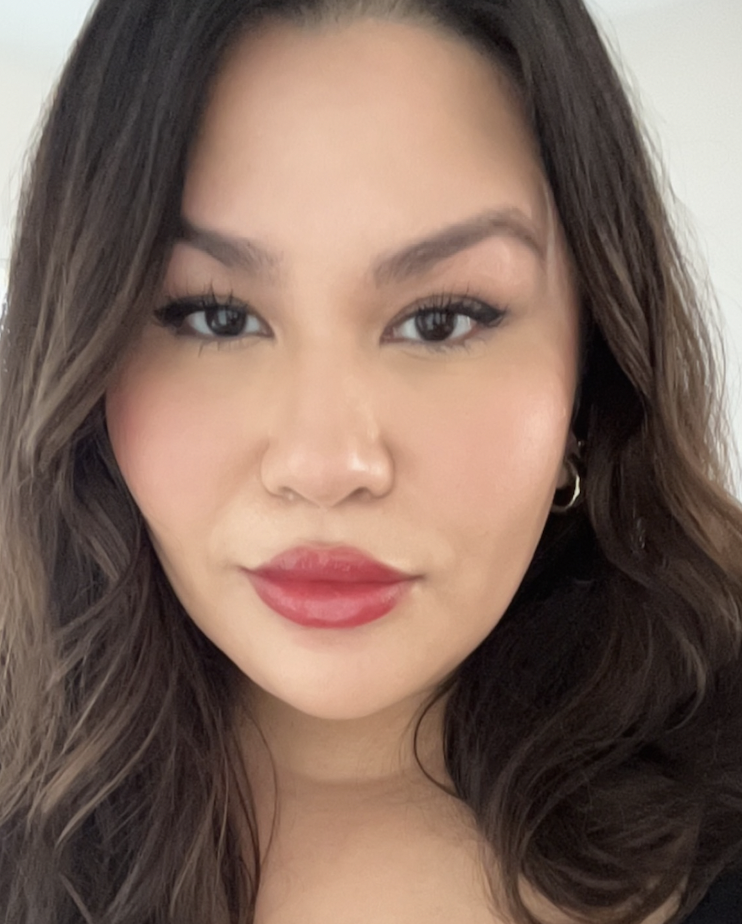


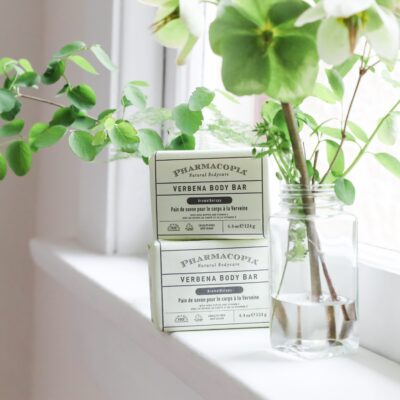
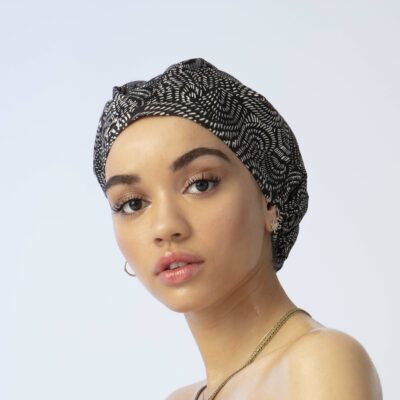
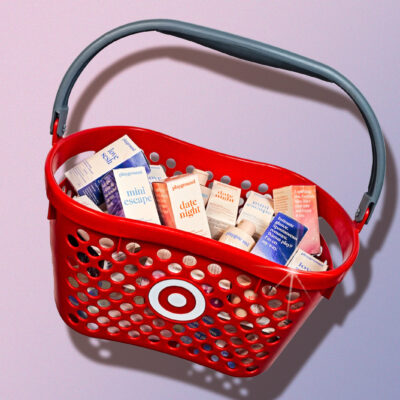

Leave a Reply
You must be logged in to post a comment.